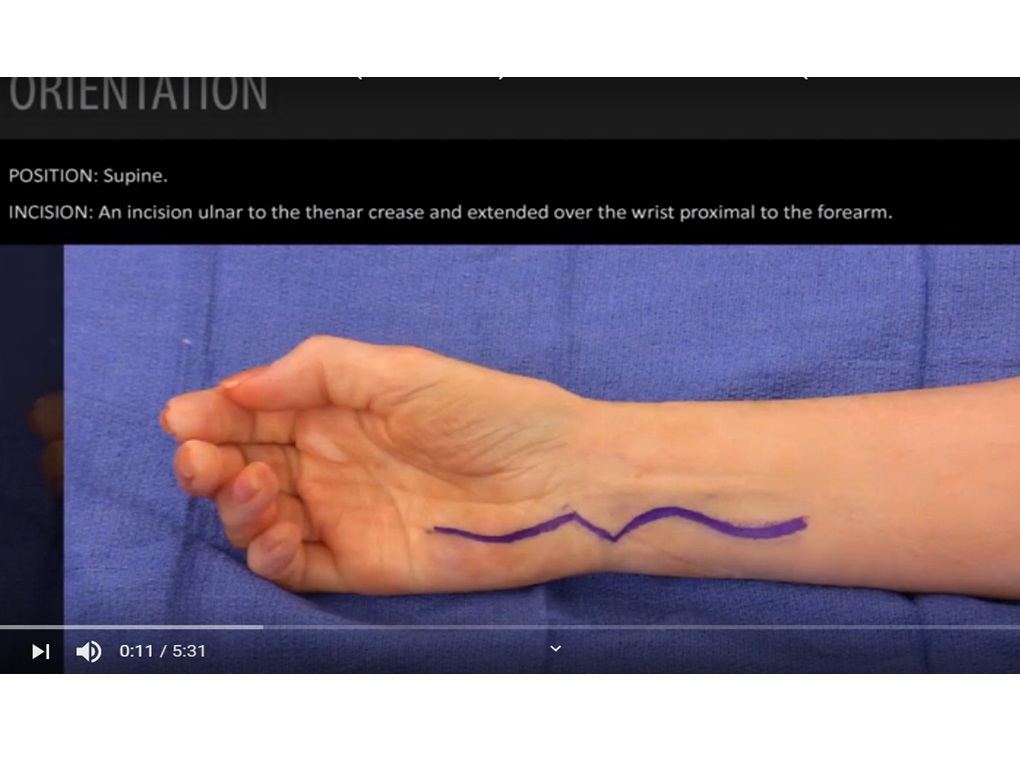Courtesy: Susan Mackinnon, Andrew Yee, Washington University School of Medicine, St Louis, MO, USA

Research Published by Susan Mackinnon and Andrew Yee:-
Plast Reconstr Surg. 2015 Sep;136(3):344e-352e. doi: 10.1097/PRS.0000000000001514.
The Supercharge End-to-Side Anterior Interosseous-to-Ulnar Motor Nerve Transfer for Restoring Intrinsic Function: Clinical Experience.
Davidge KM1, Yee A, Moore AM, Mackinnon SE.
Author information
Abstract
BACKGROUND:
The authors reviewed their initial clinical experience with the supercharge end-to-side anterior interosseous-to-ulnar motor nerve transfer and refined their indications for this technique.
METHODS:
A retrospective cohort study was performed of all patients undergoing the supercharge end-to-side procedure from 2009 to 2012. Preoperative and intraoperative data were reviewed. Function was evaluated using manual muscle testing; pinch/grip strength; and Disabilities of the Arm, Shoulder and Hand questionnaire scores. Differences in preoperative and postoperative function were evaluated using paired t tests and Wilcoxon signed rank tests. Predictors of poor outcome and changes in outcome over time were also analyzed.
RESULTS:
Fifty-five patients (69 percent men; mean age, 50.0 ± 15.5 years) were included. Diagnoses were varied, but all patients demonstrated clinically significant ulnar intrinsic weakness and electrodiagnostic evidence of denervation of the first dorsal interosseous muscle. Postoperative first dorsal interosseous strength; key pinch strength; grip strength; and Disabilities of the Arm, Shoulder and Hand questionnaire scores improved significantly from baseline at a mean follow-up of 8.0 ± 5.7 months. No patients demonstrated weakness of pronation postoperatively. Absent preoperative compound muscle action potentials in the ulnar nerve significantly predicted poor intrinsic muscle recovery. The degree of intrinsic recovery attributable to the supercharge end-to-side transfer was difficult to determine.
CONCLUSIONS:
The supercharge end-to-side anterior interosseous-to-ulnar nerve transfer may be a useful technique for augmenting intrinsic muscle function for severe, in-continuity lesions of the ulnar nerve where limited surgical options exist. Future research is required to determine the proportion of intrinsic recovery attributable to this transfer.
Leave a Reply